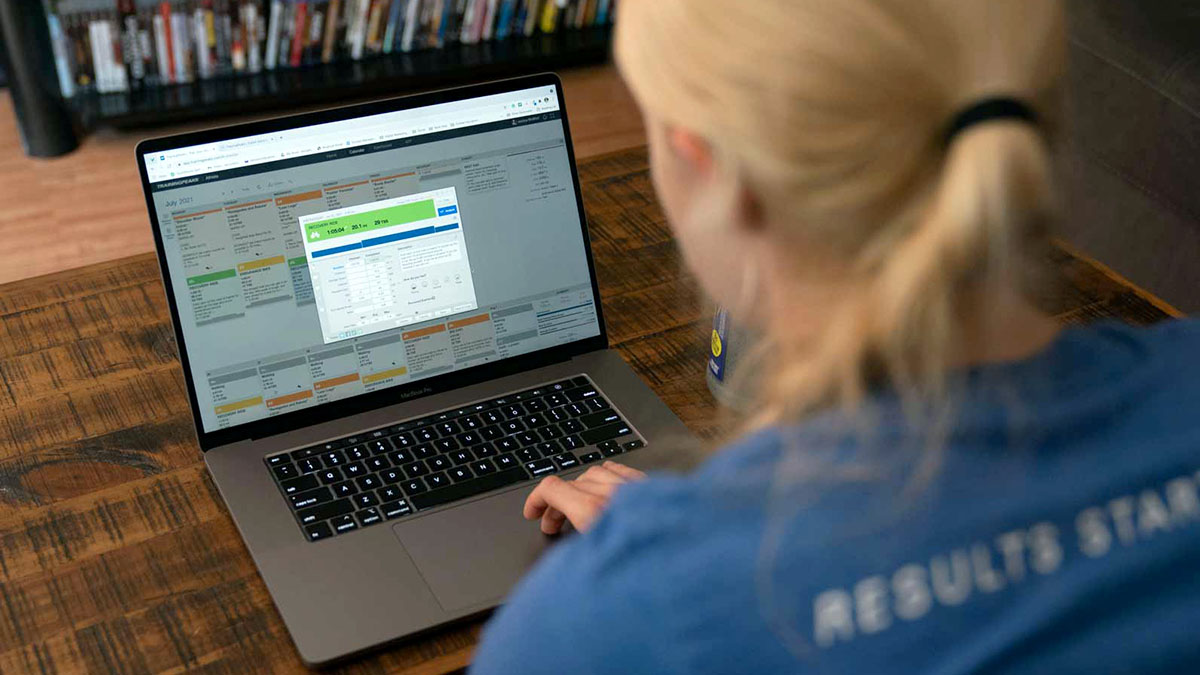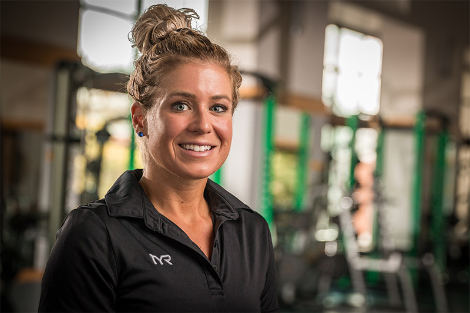When evaluating your athletes’ data from their smartwatches, fitness trackers, or whatever other wearables they might use, it’s tempting to focus on surface-level performance information that offers at-a-glance insights. But if you dig a little deeper, you might find indications of obstacles to better output and health in their recovery and wellness numbers. In this article, I’ll give a couple of examples of opportunities to help your training group improve that you could have overlooked.
Start with Sleep
It’s a common misconception that training itself is what creates physiological adaptations. In fact, this is just one piece of the puzzle. It’s necessary for your athletes to expose themselves to stimuli that their bodies recognize as stressors that need a response from a cellular level up. But without adequate recovery, they will never be able to close the adaptation link fully. Whether that’s muscles growing, ligaments, tendons and bones becoming more resilient, the heart and lungs getting more efficient at transporting oxygenated blood, new blood vessels being created, or any of the other changes that properly dosed training loads paired with sufficient recovery should yield in training.
Many modalities can help with the back end of the adaptation process but none so critical as sleep. While consumer-level technology is far from perfect, it has taken great strides in the past few years. Many affordable devices now offer a reasonable degree of accuracy in measuring sleep duration and quality. These can indicate when your athletes are getting enough premium slumber to adapt to their training stimuli and those times that they aren’t.
In the data, you should look for outlier nights when sleep is either excellent or woefully inadequate. We all have those evenings when no matter what we try, we just cannot seem to fall or stay asleep. Sleeplessness can be caused by hormonal fluctuations (particularly in women – see the pioneering work of Dr. Stacy Sims to learn more), work stress, unresolved family problems and so on. Instead, you should find extended periods in which the individual is sleeping poorly.
This interrupted sleep can indicate that their overall physical, cognitive and emotional stress level is too high or that they need to clean up their sleep hygiene. If it’s the former, try to correlate your training programming with the sleep disturbances, as it could be the volume, density, intensity, or a combination of those that are too great throughout a training microcycle. If you find that is unlikely, then use it as an opportunity to share some more information about better pre-bed habits—like sleeping in a cold and dark room, limiting screen use, and cutting off caffeine earlier—with the athlete. Between these two courses of action, their sleep will probably improve, which will, in turn, boost their physical performance, reduce their chances of injury, and even boost their immune function.
Harness the Power of HRV
While there is no single magic metric, heart rate variability (HRV) can offer a window into your athletes’ recovery status. While gym equipment like force plates and low-tech tests such as grip strength can indicate if an athlete’s central nervous system has bounced back from training and racing or not, HRV pertains to autonomic nervous system tone. Some metrics are better when they’re lower, but in the case of HRV, a higher amount of variability is actually preferable.
When an individual’s wearable reports such a high score, it indicates that they have a higher parasympathetic tone so that their body can rest, repair and digest better. Whereas if they have a low score, which a device often shows as being in the red zone, they are more sympathetic-dominant and might be stuck in a fight, flight, or freeze state of high alert. If it’s the latter, their low HRV number could be correlated with poor sleep scores and slower training times than are typical for this individual.
As with sleep, occasional extra highs or lows are likely not an issue. But if an athlete flags red on their HRV for a week or more, then you have a clue that something is amiss. Try overlaying their training logs from the same time to see if the tanking HRV scores are tied to a specific type of work rate and consider if the athlete was sick or overly stressed at this time. You could also educate them on recovery techniques that can move the HRV needle in the right direction. The easiest and quickest of these is nasal breathing. In his book The Breathing Cure, Patrick McKeown cites research showing that a five-second inhale followed by a five-second nasal exhale for three to five minutes is the breathing pattern that best restores autonomic nervous system balance. Contrast therapy, hydrotherapy and calming, low-impact physical practices like yoga or just taking a nature walk can also improve HRV scores.
In any situation, the data is never absolute. But it can provide some valuable indicators about what’s going on with athletes’ internal load, nervous system and circadian rhythms. Take aim at their HRV and sleep data, and try to uncover opportunities for not only elevating their performance but also improving their overall health and well-being.








